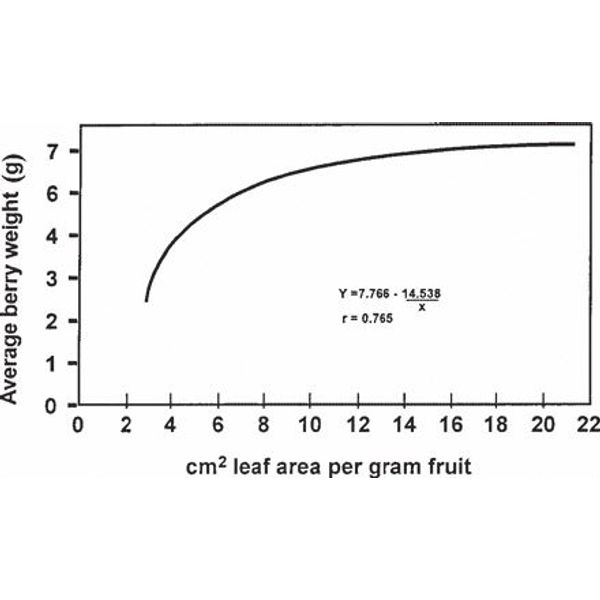

- Home
- Companies
- CID Bio-Science, Inc.
- Articles
- Leaf area - How & why measuring leaf ...
Leaf area - How & why measuring leaf area is vital to plant research
It is easy to measure leaves, and they are also the parts of a plant most responsive to their environment. The combination of these two factors makes leaf area measurement extremely useful to scientists and growers. Besides, leaves are one of the main plant organs and are responsible for the productivity of a plant, and on a larger scale, of an ecosystem or a farm. Therefore, an understanding of leaf area and the different methods to measure it is important.
Why is Leaf Area Important?
Leaves are one of the most important organs that plants have. Photosynthesis, the process by which plants produce food using light, carbon dioxide (CO2), and water, takes place in leaves. The structure and makeup of leaves are designed for photosynthesis.
- Light is captured by chloroplasts in leaves.
- Carbon dioxide is taken in through stomata, or openings on the underside of leaves.
Many other important interactions with the environment also happen through leaves.
Evapotranspiration
Since the internal tissue of plants always has a higher water content than the air, water in the form of water vapor escapes through the stomata when they opens to let in CO2 through a process called transpiration. Plants have to regulate the opening of stomata to achieve a balance between taking in enough CO2 and restricting the loss of water vapor.
Keeping the stomata closed to conserve water, restricts CO2 uptake, resulting in less food production.
If too much water is lost through transpiration, the plant needs to absorb more water from the ground. This happens as a physical reaction to high levels of transpiration that result in negative pressure, which in turn causes the plant to being pulling more water through its roots.
This set of circumstances has significant consequences for plants:
- In drier regions or in higher canopies, where there is abundant sunlight and relatively high temperatures, plants have smaller leaves.
- In wetter areas and lower canopy levels with less light or lower temperatures, plants will have larger leaves.
In crop production, excessive transpiration means more irrigation and fertilizer use, as water is the medium through which the plant moves nutrients internally.
It is therefore easy to see how leaf area affects different plant dynamics in both natural ecosystems and food production. Not surprisingly, leaf area is one of the most important leaf traits studied.
Leaf Plasticity
Some plant parts are responsive and react quickly to changes in their environment. Leaves are considered to be the most plastic plant organ. This trait makes leaves ideal indicators for short-term and long-term changes in environmental stimuli, such as:
- Light
- Water availability
- Temperature
- Nutrient availability
- Soil Type

